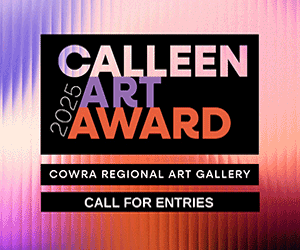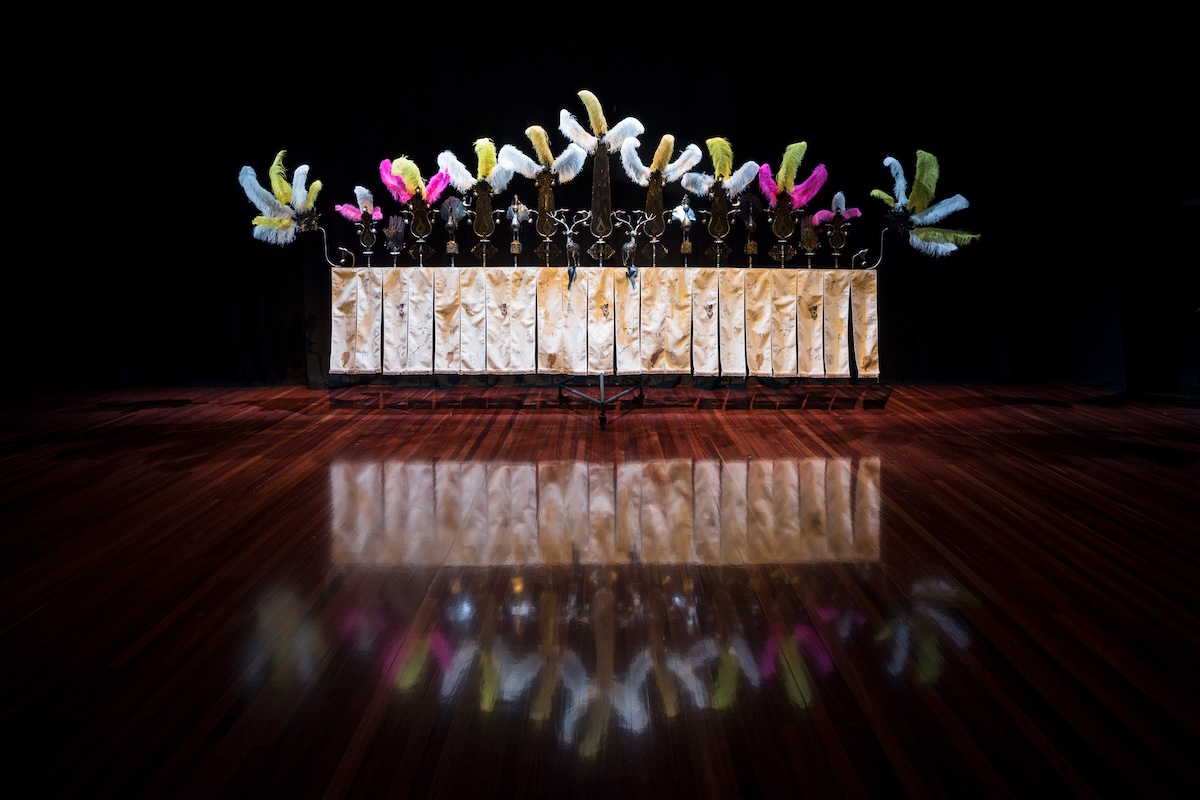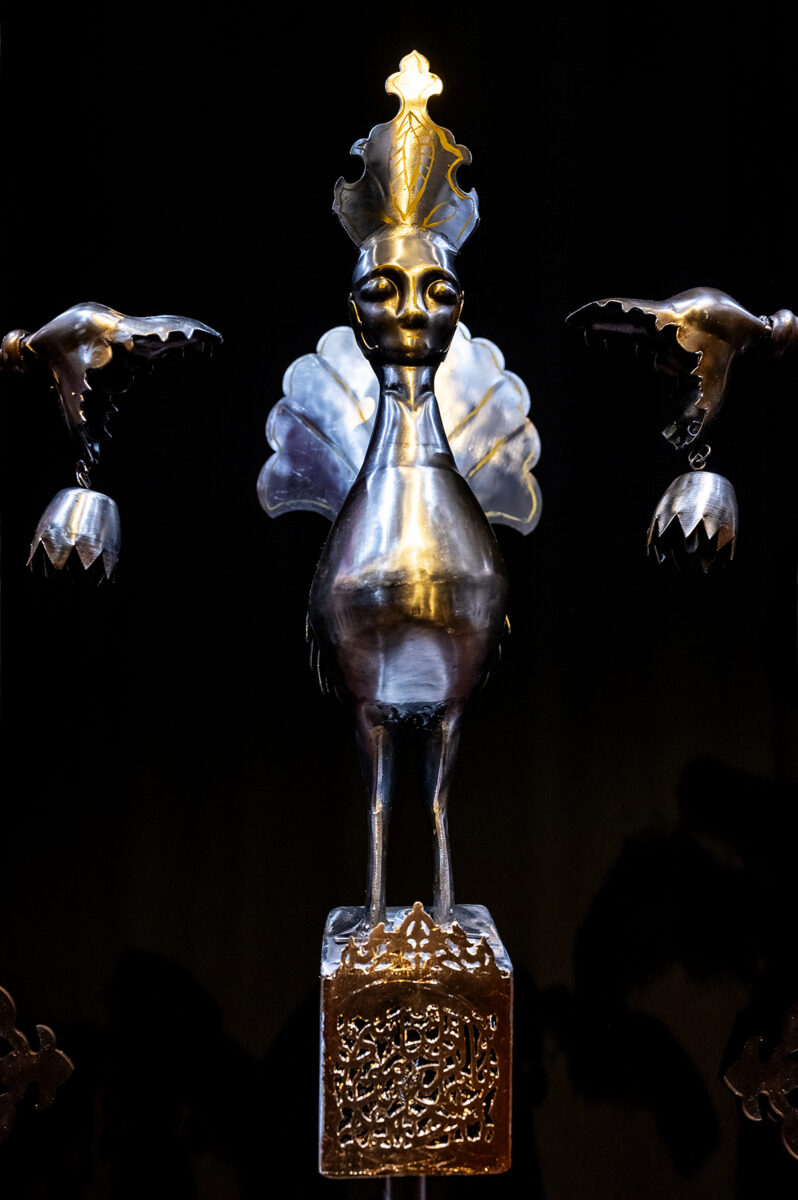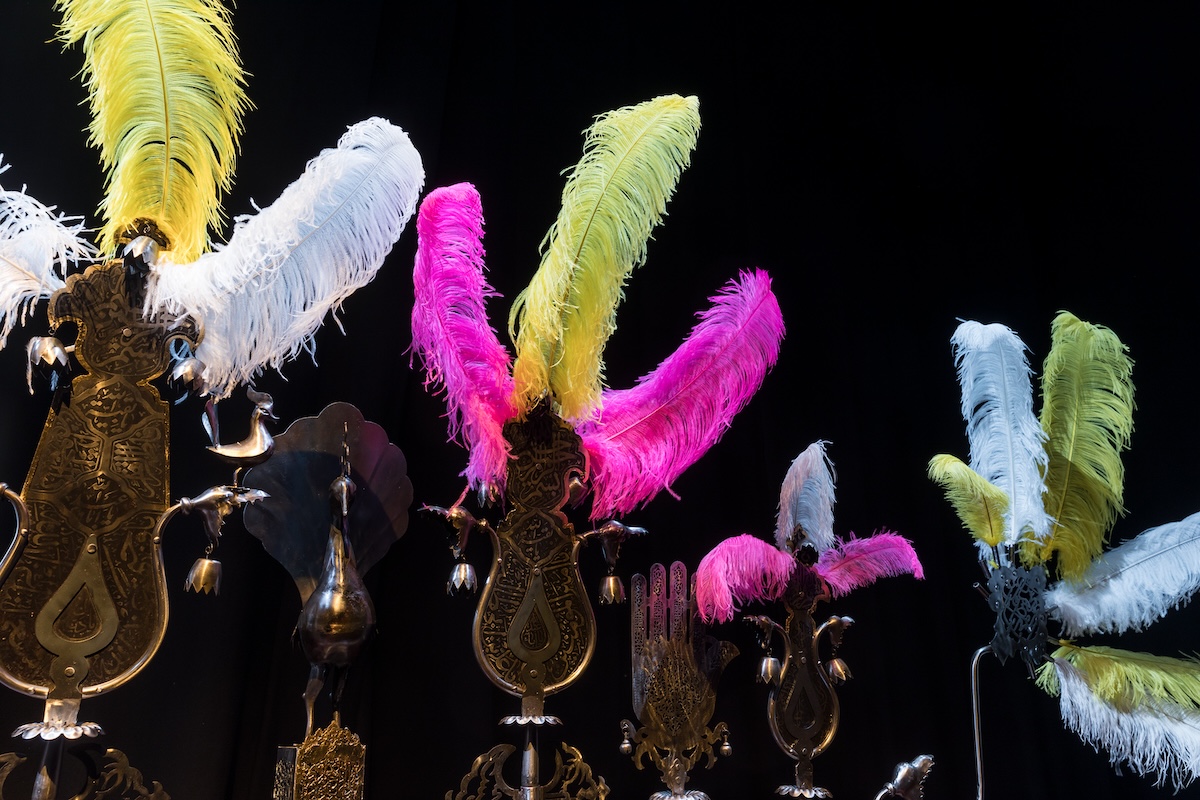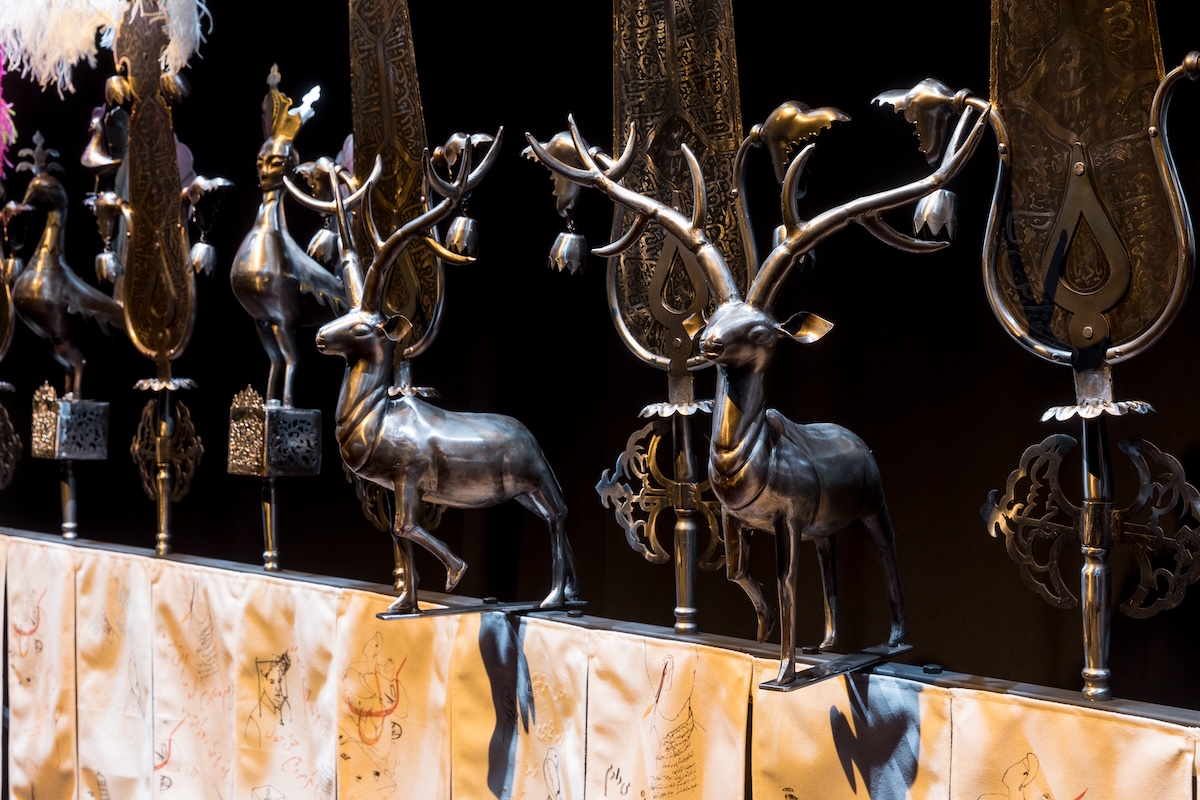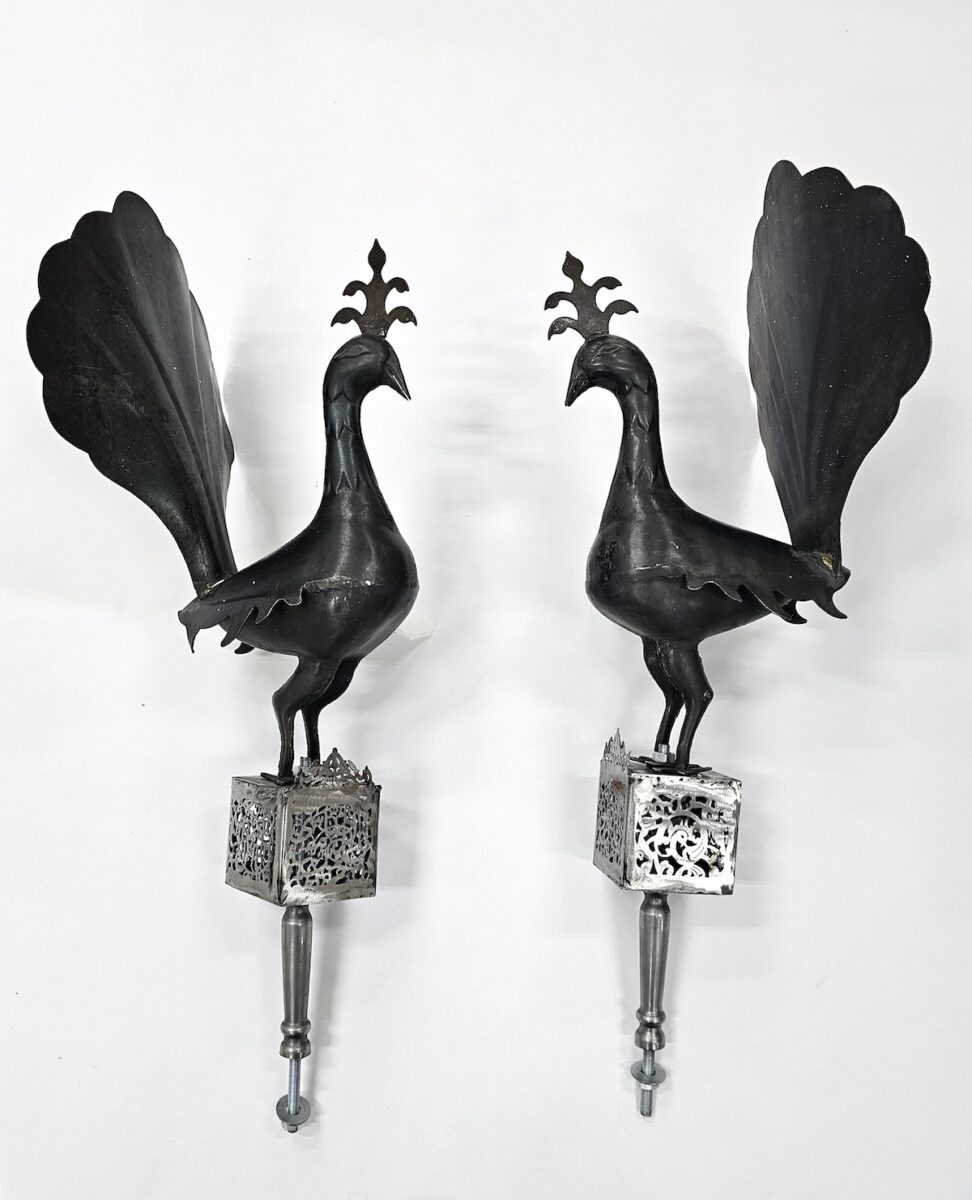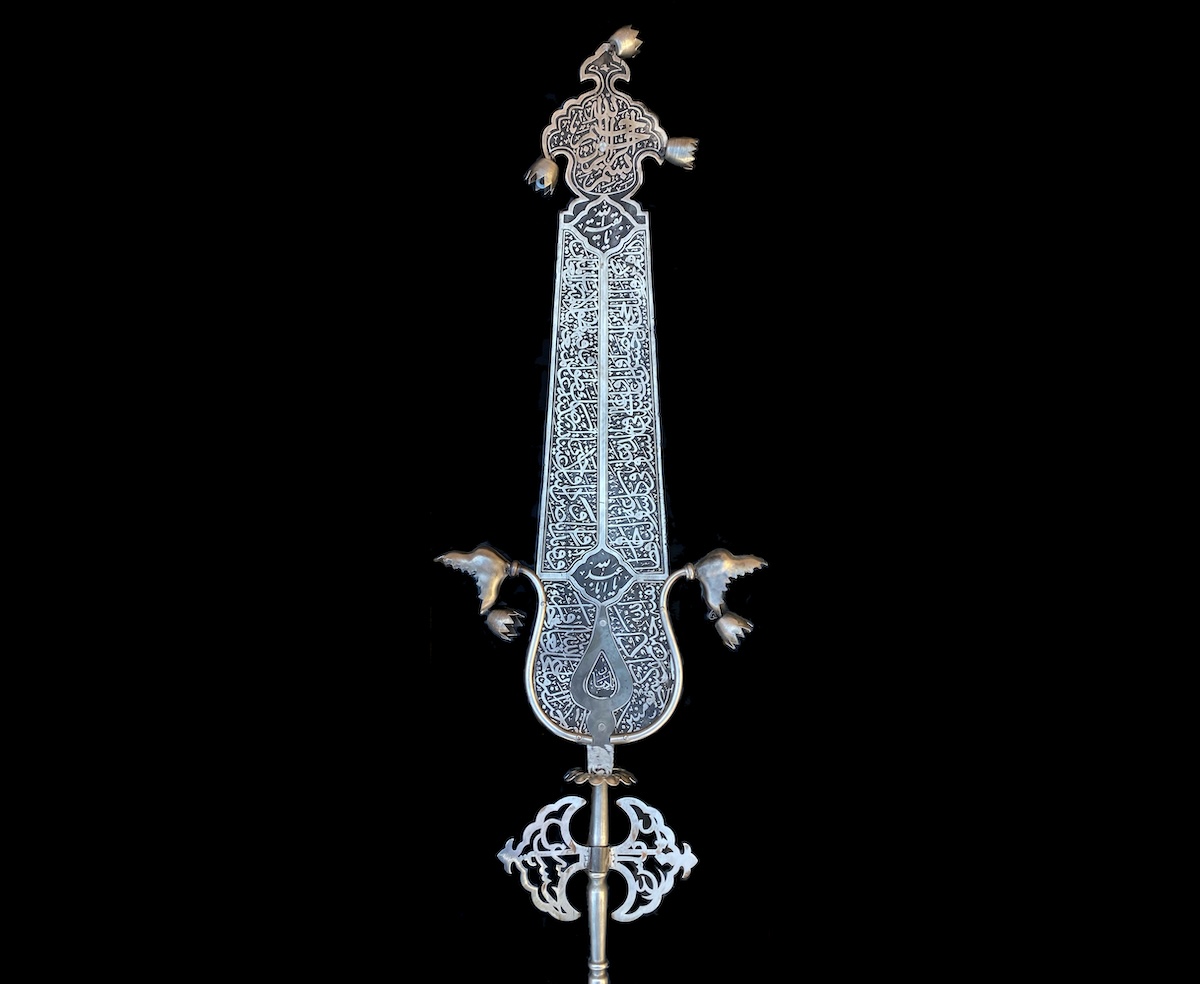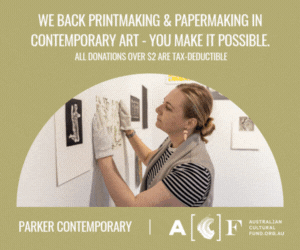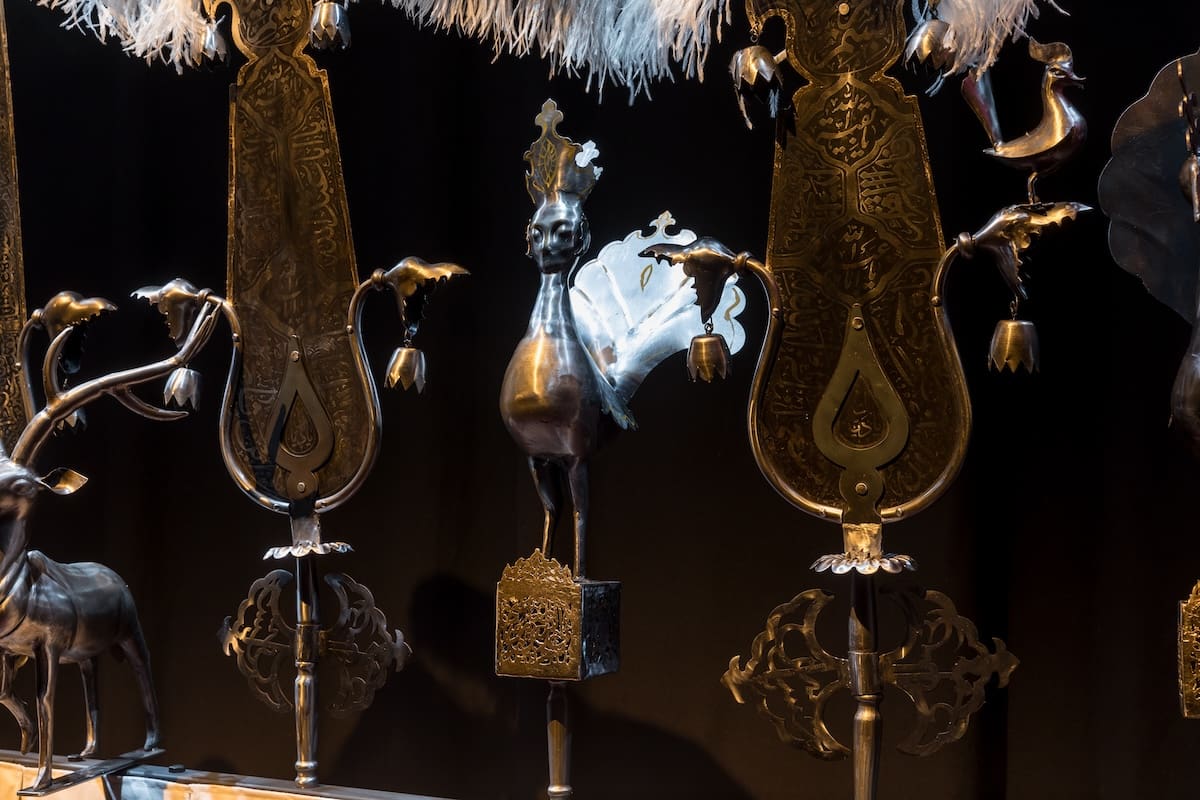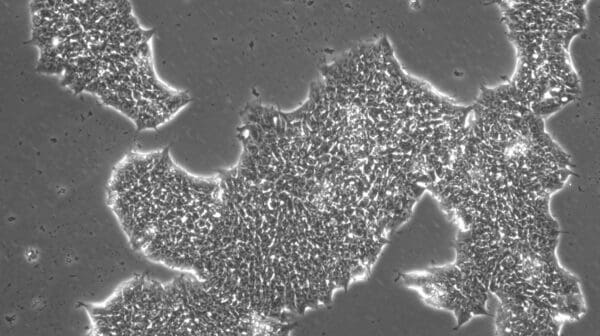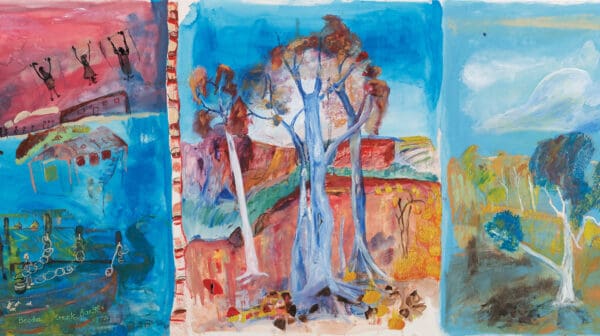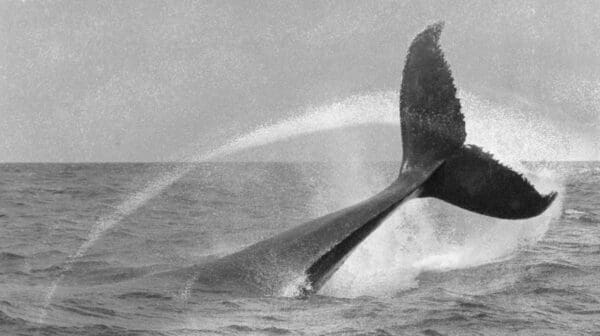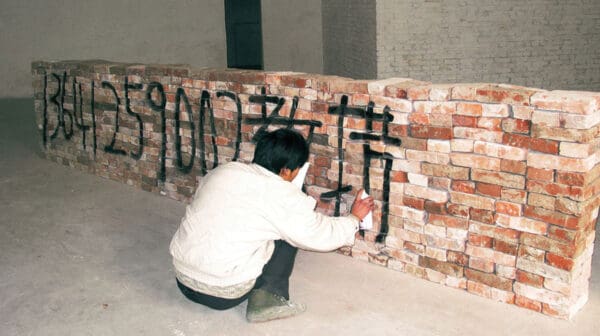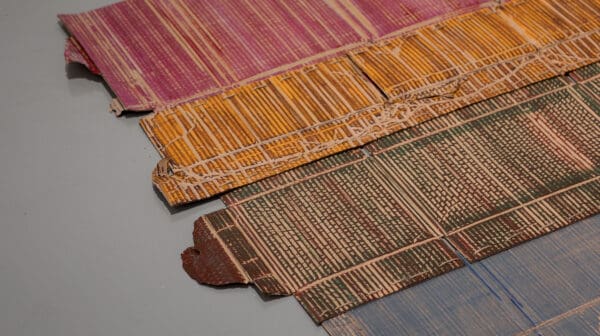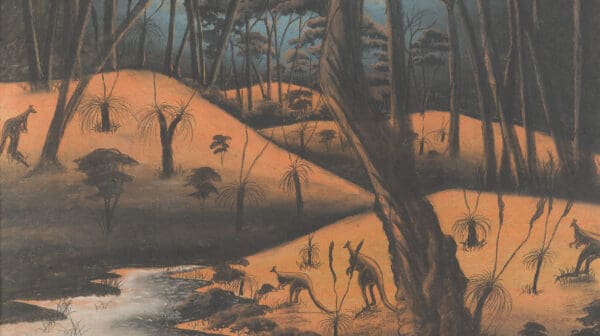Through Elyas Alavi’s exhibition ALAM, the artist is reimagining the alam as a portal for queer Muslim experience. The alam is an object used in Shi’a ceremonies throughout many countries including Afghanistan, Iran, Iraq, Pakistan and Turkey. Some, for example, are like a flagpole, with varying shapes, sizes and colours, consisting of a fabric banner topped by a filial. As Alavi explains, “The root of this object goes back to pre-Islam. Motifs and symbols inscribed on it will differ and it can vary in size. Calligraphy is always incorporated.”
While the exhibition will consist of two alams, documentary video, drawings and neon text, the Hazara artist’s earliest memory of the alam occurred in Afghanistan, before his family relocated to Iran due to civil war. In acknowledgment of Muharram—the first month of the Islamic calendar—Alavi walked with fellow villagers over a hill, meeting a group from another village. During this experience of community ritual, he saw his first alam.
The ceremony that accompanies the alam involves men participating in several hours of ritual. Alavi became particularly influenced by the bodily aspect of this. “These ceremonies helped me to process my sexuality. They are full of colour and life—full of pride. Men perform rhythmic gestures for hours. There are lots of bodies and sweat.” Growing up in Iran, sexuality had to be processed within one’s private world, with no internet to help unravel things. These ceremonies provided a visualisation that enabled Alavi to consider queer possibility.
Inscribed on Alavi’s alams are writings by devotional poet Mohtasham Kashani (b.1500). Alavi focuses on Kashani’s poems as well as poets that were censored or recast as solely religious—poems that Alavi explains as speaking clearly of queer love. Alavi recognises, “We are so at the front of these time-honoured ceremonies. From its roots in divine love, I return the alam to earthly love. [Through acts of queer reclamation] I make my own alam. I choose my own colours.”
Elyas Alavi: ALAM
4A Centre for Contemporary Art
On now—6 October
This article was originally published in the September/October 2024 print edition of Art Guide Australia.

